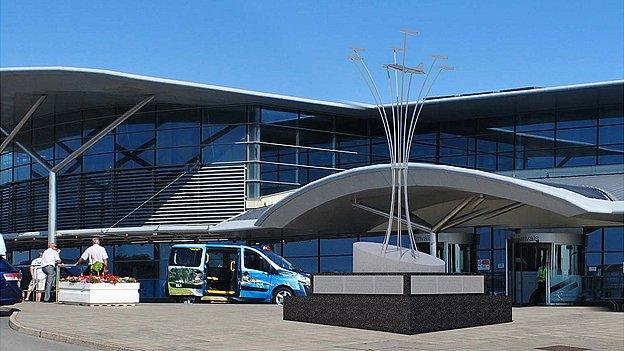Plans for WW2 Guernsey occupation resistance memorial
- Published

Alan and Jean Harris have long called for the bravery of those who resisted to be remembered
People who resisted the Nazi occupation of Guernsey in World War Two could be honoured if plans to erect a plaque are approved.
At least eight islanders died in prisons or detention camps or as a result of ill-treatment after being jailed for resistance.
If approved, the memorial will sit with others near the Liberation Monument, at North Beach, St Peter Port.
The Environment Department is considering the proposal.
The plaque proposal follows a fundraising campaign by the family of one of those who died.
Jean Harris, daughter of Joseph Gillingham, said: "It'll be an honour to see a plaque with his name on it and for others who also gave up their lives for what they did."
Her husband, Alan, said if the plans were approved "a number of relatives of some of the people who died will be coming over from the UK to be at the unveiling".

Proposed wording of memorial
"This memorial is dedicated to the memory of all islanders who committed acts of protest, defiance and resistance during the German Occupation 1940-1945, those who were imprisoned or deported, those who died in captivity."
Underneath that would sit the names of those who died: Charles Machon, Percy Miller, Marie Ozanne, Joseph Gillingham, Sidney Ashcroft, Louis Symes and John Ingrouille
An eighth person who died has not been included by name as their family has asked for their details to be kept private.

The plans have been submitted by the island's museums service, which is responsible for maintenance of current memorials.
Museums director Dr Jason Monaghan said the new memorial had already been funded through public subscriptions, and the historic sites team would take responsibility for it - including installing it and maintenance.
The proposal would see the moving of a current memorial to three Jewish women who were deported during the Occupation and who later died in Auschwitz.
Dr Monaghan said: "What we're proposing to do is install the new resistance plaque between the Jewish women's plaque, the evacuees' plaque and the deportees' plaque so they're all fairly symmetrically laid out, and just rearrange the benches so it's nicely balanced up.
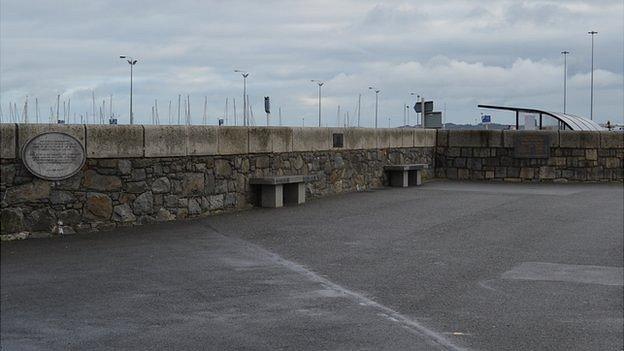
The memorial would join others to deportees and evacuees, and one to three Jewish women who were deported and died
"The idea is that the new stone will be in place for Liberation Day."
Asked if this would be the last memorial erected to mark the island's occupation during World War Two he said: "It's not necessarily the last one.
"We've worked with various different groups in the past putting the memorials up one by one, and it's the turn of the resistance memorial."
Dr Gilly Carr, from Cambridge University, who studied resistance in the Channel Islands, previously said resistance in the island was a subject that divided Guernsey.
However, she added that she felt those who had committed such acts should be acknowledged as heroes of the occupation period.

Occupation of the Channel Islands
Only British soil to be occupied during the war
After the German offensive raced through France, the British Government decided the islands were not strategically important and left them undefended
This was not communicated to the Germans who bombed St Peter Port Harbour and targets in neighbouring Jersey, killing 44 people
German troops landed in Guernsey by plane on 30 June 1940 - the start of five years of occupation
The islands were turned into an "impregnable fortress" on the express orders of Adolf Hitler
A fifth of all the defence works in the Atlantic Wall - a defensive line stretching from the Baltic to the Spanish Frontier - were built on the islands
The island's government continued under German rule, which some saw as collaboration
- Published24 December 2014

- Published8 December 2014
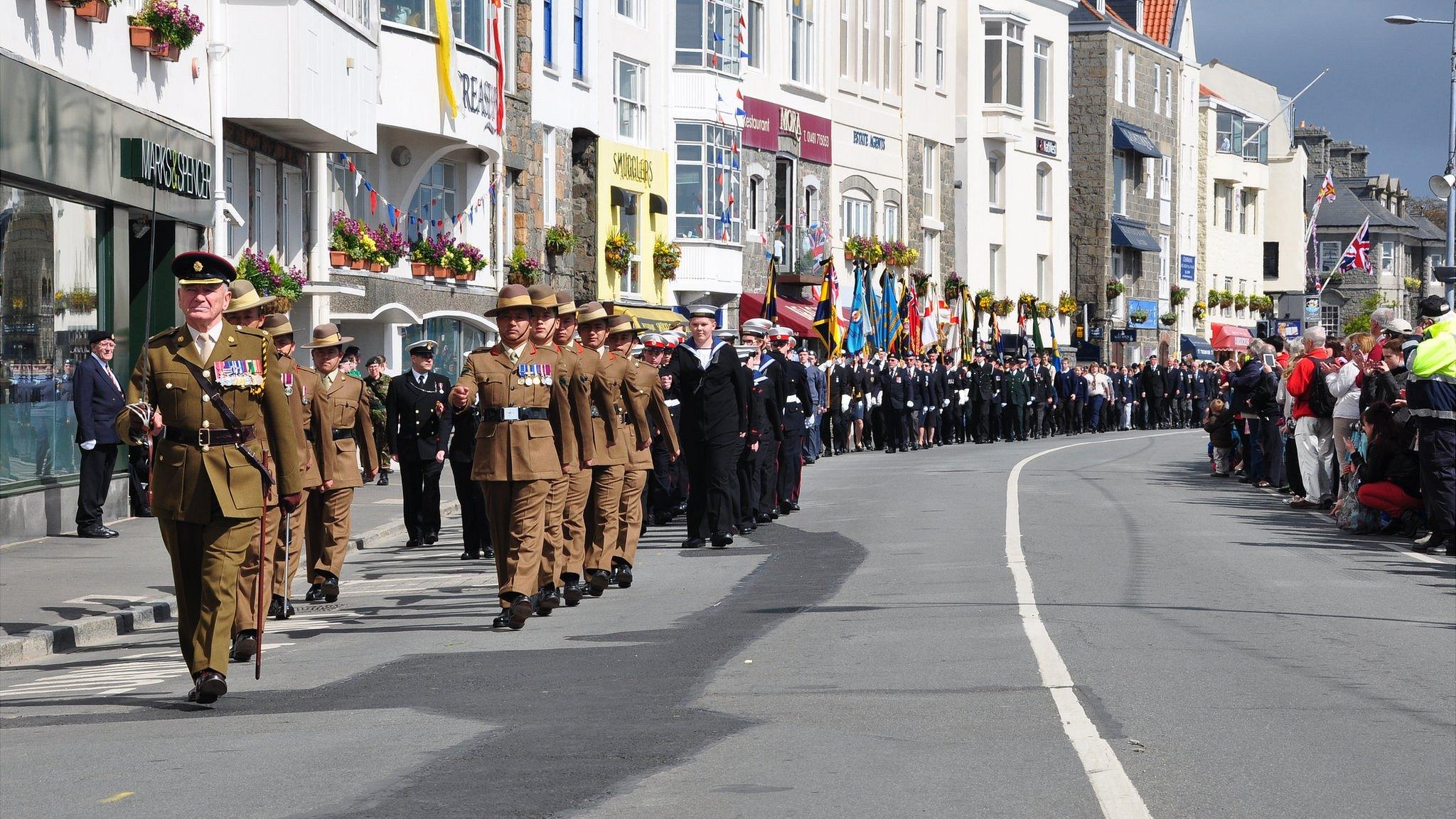
- Published20 October 2014
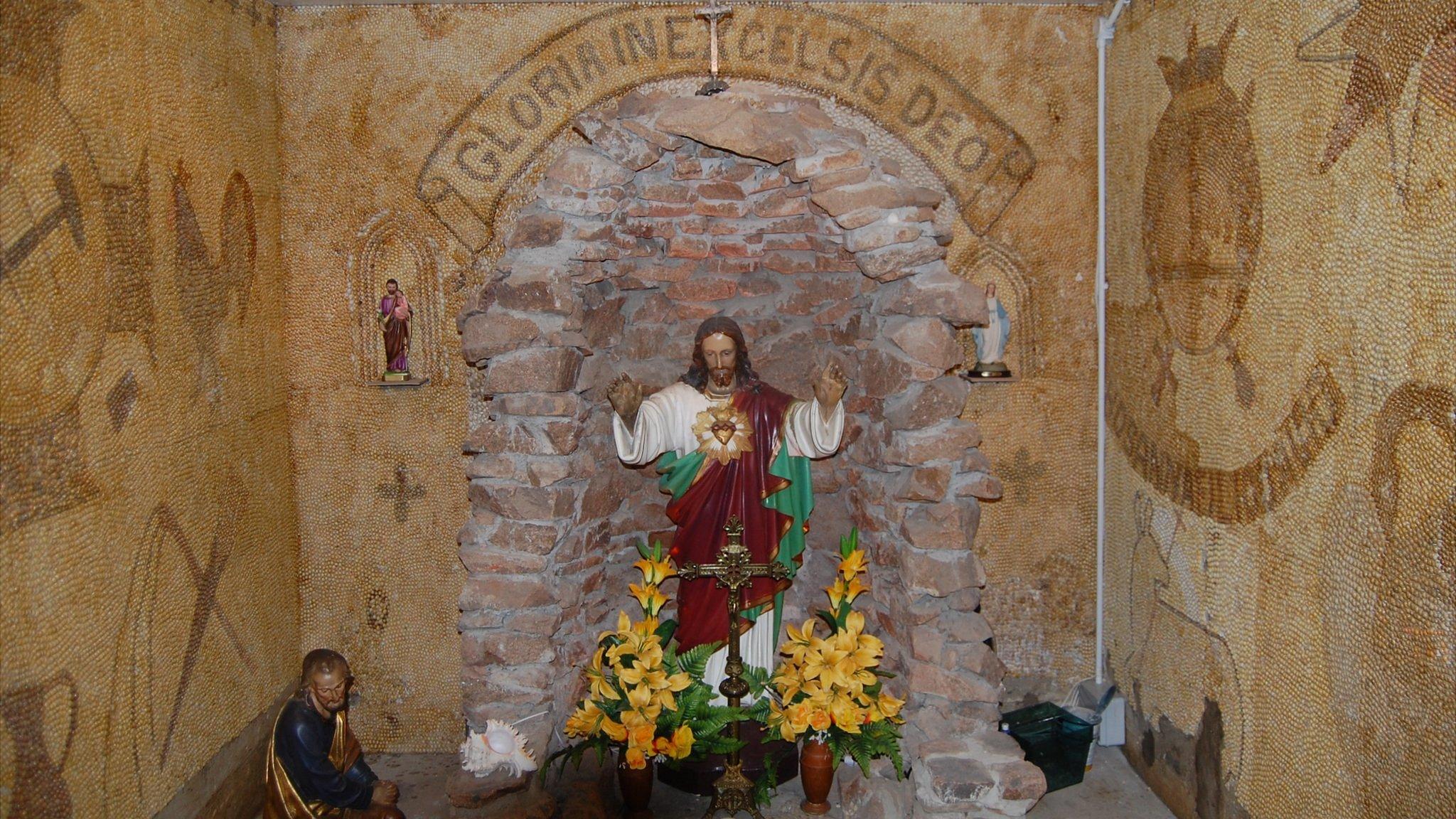
- Published3 October 2014
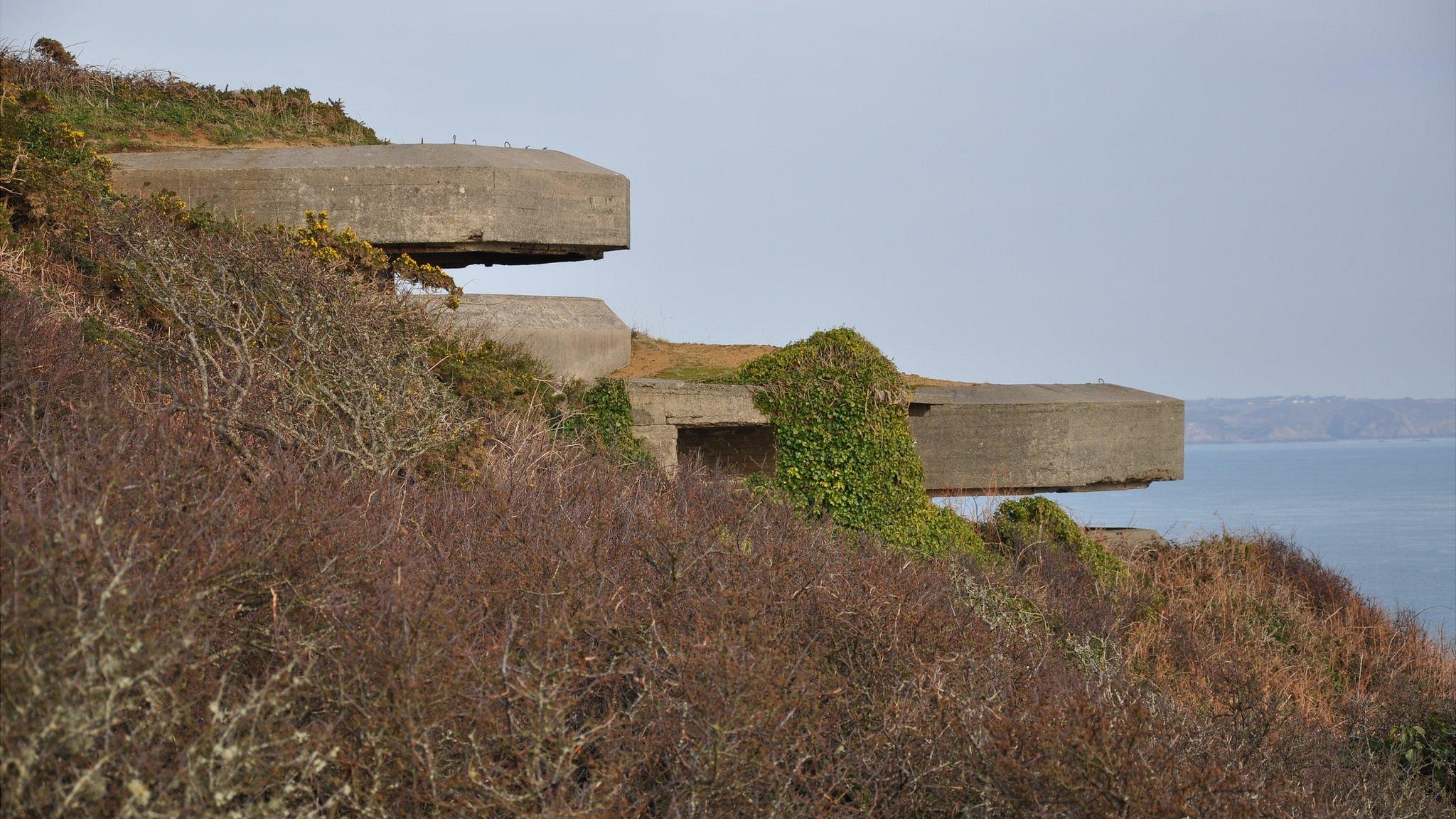
- Published3 October 2014
